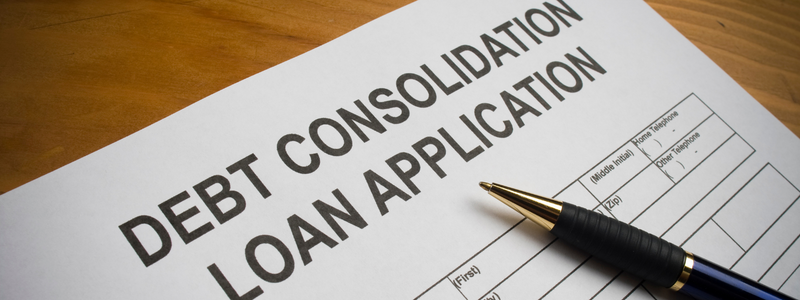
If you have mountains of debt that you struggle to pay down, you may assume that the worst thing you can do for your financial situation is to take out more debt. It is true that you shouldn’t make it a habit of paying off debt with credit. However, if you are juggling multiple accounts with varying interest rates and fees, it may make sense to consolidate your balances with a personal loan.
Why Use a Personal Loan?
A personal loan is a source of funds that borrowers can use at their discretion. There are several benefits of using a personal loan to pay down credit card debt. The first and most significant advantage is the amount you can save on interest.
Credit card interest rates average about 15% to 16% on a year-over-year basis. If you have multiple credit cards carrying balances, you may be paying hundreds to thousands of dollars in interest each year.
The average interest on personal loans, on the other hand, is 10%, and some borrowers may receive rates as low as 6%. Regardless of the rate you get, when you consolidate your debt with a personal loan, you eliminate all but one source of interest. You can use the money you would pay in interest to pay down your debt more quickly.
In addition to helping you save money and pay down your debt quicker, a personal loan can decrease your credit utilization rate, which is your debt-to-balance ratio. Credit utilization accounts for 30% of your credit score. When it goes down, your score goes up. A personal loan can also add to your credit mix, which determines 10% of your score.
Finally, a personal loan can help to make your debt more manageable. When you pay off all your balances with the money from a personal loan, you no longer have to worry about meeting multiple payment deadlines. You just need to focus on making one low monthly payment.
What About Balance Transfers?
Using a personal loan is not the only way you can consolidate your debt. You can also use a balance transfer credit card, which allows you to transfer the balances from multiple cards to one card. Ideally, the balance transfer card you use has a 0% introductory rate.
This is a good option if you know you can pay off the entirety of the balance before the introductory period is up. However, if you fail to do that, the remaining balance will accrue interest at the regular rate. You may also have to pay a balance transfer rate of between 3% and 5%.
If you’re ready to make your debt more manageable, shop personal loans today. Use our loan search engine to find the best rates for you.



